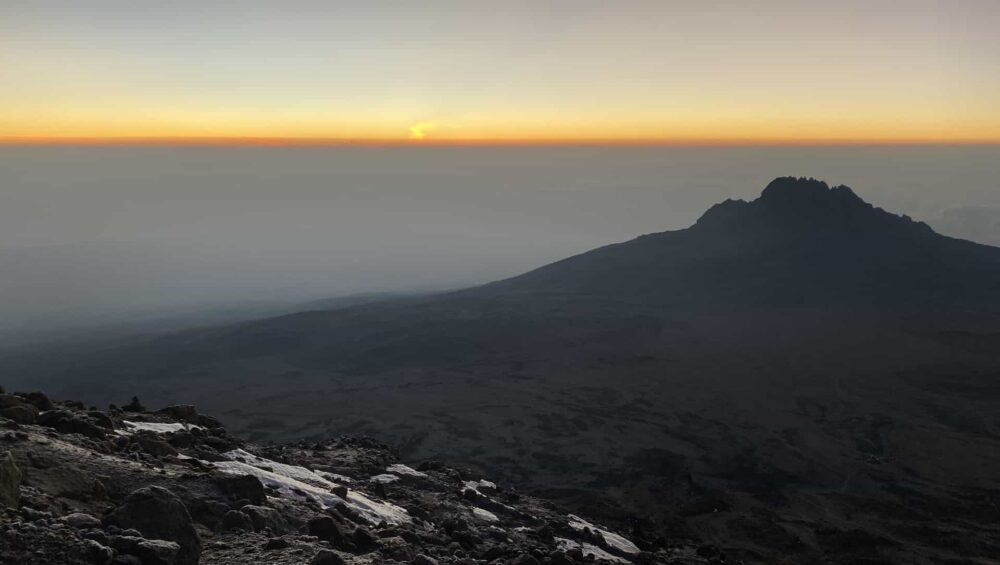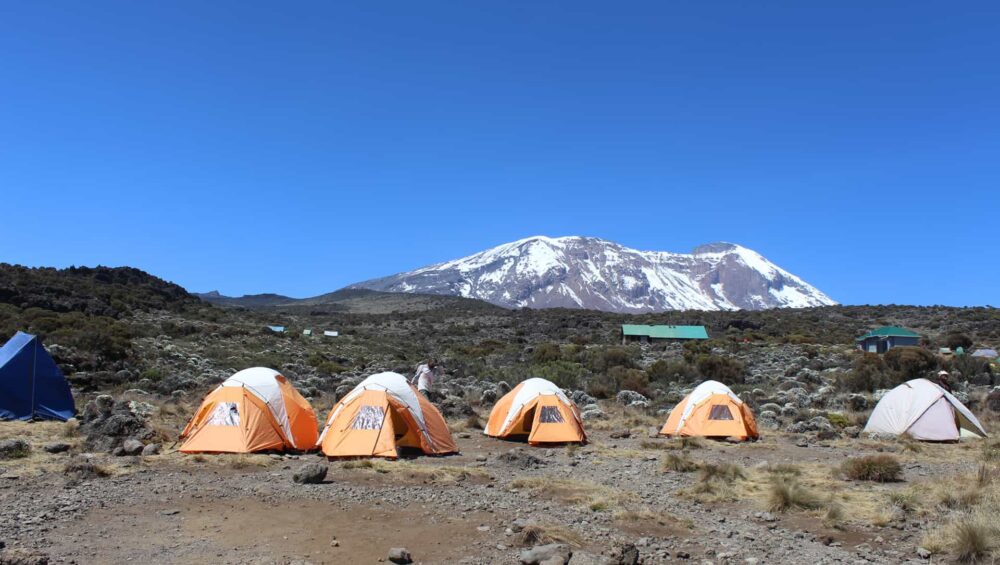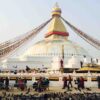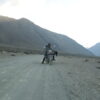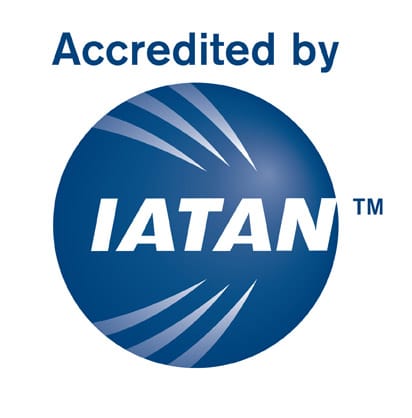Factors affecting Kilimanjaro Climbing Prices
Many different factors affect the Kilimanjaro climbing prices. Kilimanjaro Climbing cost can range from $1,400 (standard) to over $7,000 (luxury package/Kilimanjaro VIP Package ) and above. Blend this knowledge with the fact that there are 250 licensed and hundreds of unlicensed operators in the region and making the right choice becomes a major task. In fact, to understand how the Mt. Kilimanjaro climbing cost is formed, many different factors should be taken into consideration.
Kilimanjaro Climbing Cost
The Variety of Offers and Cost Information for Climbing Kilimanjaro
The price quoted for a package may often serve as a hint as to what your future climbing experience will be like. But basing your decision only on cost would be a mistake. In fact, Mt. Kilimanjaro’s climbing cost has many hidden, yet essential components.
With personal safety and a lifetime of memories at stake, choosing the cheapest is never a good idea. As a rule, it is impossible to organize a safe and comfortable Kilimanjaro hike for less than $1,400.
On the other hand, one does not necessarily need to pay $7,000 for a VIP package to get that extra service that may make all the difference in the world.
In this article, we shall spell out how the Kilimanjaro climbing cost is formed, and how to choose the best offer to fit your budget. The following example is based on a seven-day Machame route standard climb for one or more climbers. This is by far the most popular option that offers a reasonable (neither a budget deal nor an extravagant affair with hundreds of porters) level of comfort at a reasonable price.
Climbing Kilimanjaro: Price Components
The price of a Kilimanjaro climb is made up of two types costs: fixed, (i.e. park fees per person), and variable, i.e. (transfers and equipment), which are shared between all members of the group and, up to a certain point, lower as the number of climbers grows.
Unless you take the risk of opting for the lowest of offers, slighting most if not all of the safety and comfort features that are normally available, the final price of your trek shall include the costs of the following:
Kilimanjaro National Park Fees
Every Mount Kilimanjaro climber is required to pay park fees, which inholds conservation, camping, rescue and crew fees. On Lemosho and Rongai routes special forest fees are also applicable. It is another key element of Mt. Kilimanjaro’s climbing cost.
Total park fees, depending on route and number of days, will amount to between US$800 and 1,100 (all calculations and prices henceforth are given in USD).
Never trust claims that it is possible to climb Mt. Kilimanjaro and avoid fees by bypassing ranger posts. It is simply impossible to reach Uhuru Peak avoiding any encounters with park rangers. Dozens of those who attempt this are caught every year.
Furthermore, it is dangerous. Bypassing established official routes where climbing permits are checked at each ranger post will relieve you of the possibility of receiving timely assistance from the rangers should such a necessity arise.
Lastly, it is unlawful. Trespassing in national parks is considered a serious offense in Tanzania. The best-case scenario entails being bereft of the chance of ever experiencing the wonders of Tanzania again after being deported and forced to pay stiff fines. The worst-case scenario would involve imprisonment.
Estimated park fees, Machame Route, per climber in a group of two
| Fee payable | Climber/day | Climber/trip (7 days) |
|---|---|---|
| Conservation fee | 70 | 490 |
| Camping fee | 50 | 350 |
| Rescue fee (paid per trip) | 20 | 20 |
| Crew fee (13 people) | 13 | 91 |
| VAT 18% | – | 171 |
| Overall park fees | 120 | 1122 |
Kilimanjaro Climbing Crew Wages
Crew wages are the next important component of Kilimanjaro climbing cost. While the rates paid (and charged to the client) may vary, all reputable Tanzanian trekking outfitters have wage systems for their climbing crews. A guide usually receives USD 20-40 per day, a cook – USD 10-15, a porter – USD 7-10, adding to the total cost to climb Mt Kilimanjaro. The final total will therefore hinge upon the size of the crew necessary to serve the total number of climbers and attain a satisfactory level of comfort expected on the climb. Tips, determined by the client’s experience while trekking, are also appreciated.
On the other hand, many budget operators keep their rates low by relying on high unemployment rates which allow them to staff their crews with those willing to work with no guaranteed pay. Instead, the crew will depend solely on the client’s tips at the end of the trek. These crews often have a high rate of unqualified and inexperienced personnel.
Estimated payroll per climb
| Expedition member | Required number | Daily wage (US$) | Total per climb (US$) | Line total salary |
|---|---|---|---|---|
| Chief guide | 1 | 25 | 175 | 175 |
| Assistant guide | 1 | 20 | 140 | 140 |
| Cook | 1 | 15 | 105 | 105 |
| Porter | 8 | 8 | – | 448 |
| Porter-waiter | 1 | 8 | 56 + 10[1] | 66 |
| Camp-master | 1 | 12 | 84 | 84 |
| Total crew salary | 1018 | |||
| Total per climber | 509 |
Supplies and Logistics
Most climbs sold by reputable outfitters are packages that are inclusive of supplies and logistics, such as transfers and re-supplies, a minimum of three meals and water and many other small but essential items, which add to the overall cost of climbing Mount Kilimanjaro.
Approximate costs that are fairly standard for the industry in Tanzania are: $55/climber
Camping Equipment Costs
A typical climbing package will also include such equipment as sleeping bags and mess tents; cookers and kitchenware; tables and other essential items. As reliable gear means not only comfort but also safety, equipment should be renewed on a regular basis and must be thoroughly cleaned after each climb. Operators must consider how to replace or repair equipment for future treks and pay staff to properly clean items such as sleeping bags and tents.
Average amortization costs are $50/climber
Taxes and Licenses
All Tanzanian businesses are subject to a variety of taxes. Licensed tour operators also pay for a number of licenses on a yearly basis. This ensures they are legally permitted to operate in Tanzania, and under the authority of the Tanzanian government. Choosing licensed tour operators for your travels means they are responsible to the government, and if you have any issues, or safety problems (or your deposit goes missing) they will have to answer to higher authorities. Visitors choosing licensed operators receive consistently excellent service, in part because the operator has made investments and is abiding by the government rules. Unlicensed operators, on the other hand, are invisible to the Tanzanian government and are not legally allowed to offer tourism (including mountain climbing) services. If an unlicensed operator is already willing to break the law to provide climbing expeditions, they are likely to make many more dangerous risks with clients, all in order to make a higher profit.
Tanzania requires a special license to operate mountain climbing expeditions, as well. Some tour operators pay annually for this license or contract a Kilimanjaro climb to a third party that is legally permitted to operate climbs. The downside to this approach is that it usually ends up being more expensive since two tour operators are involved and both are attempting to make a small profit.
Estimated taxes: $60/climber
Climbing Comfort
Long days of trekking and climbing a mountain present physical challenges, even to the most active adventurers. Having sufficient and comfortable rests are imperative to a successful summit. If you are physically fit but haven’t had a good sleep in three nights, you are risking your entire experience on Kilimanjaro.
Sleeping bags, a specifically-designed meal plan that includes re-supplies of fresh ingredients, satellite phones, oxygen for emergencies, etc. are all part of a successful climb and raise your Kilimanjaro trek cost. However, consider that this extra comfort could mean all the difference in the success of your climb.
The cost of these additional features averages at $50/climber
Safety
Though climbing Kilimanjaro does not call for any specialized training or skills, mountaineering is an inherently dangerous activity. HAPE and HACE (High Altitude Pulmonary and Cerebral Edema respectively) should never be discounted.
Responsible Kilimanjaro climbing operators always keep safety in mind and have safety measures in place that sometimes cause a slight increase in the overall Kilimanjaro climbing cost.
For example, we at Nature Horizons conduct safety workshops for our guides every four months. Each of our guides is expected to pass the Wilderness First Responder/First Aid test. The costs of training for all of our staff are covered by Nature Horizons and it means that every Nature Horizons guide on Kilimanjaro is not only Wilderness First Responder Certified, but is up-to-date in their training, for the assurance and safety of all of our clients
Every expedition organized by Nature Horizons is supplied with emergency oxygen, oximeter, and tonometer. Guides conduct medical checks twice a day on each climber to ensure their health and safety, especially as the team climbs to higher altitudes. In an emergency, a client shall be transported from Kilimanjaro to a hospital at no extra charge.
Estimated costs of climbing safety add-ons: $40/climber
Accommodation Before and After a Kilimanjaro Climb
Most Kilimanjaro hiking packages include accommodation before and after the climb. Top-quality hotels in Tanzania are quite expensive: a night in a reasonable 3-star hotel in Moshi will cost $100-120 if booked directly or $80-90 if included in your climbing package. Therefore, accommodation will heighten the cost of your Kilimanjaro trip from the onset, but ultimately save you more money than if you were to book independently.
Estimated costs of accommodation before and after the climb: $160
Operator’s Commission
Commissions added by Tanzanian tour operators to the Kilimanjaro climb cost generally fall within the 15-35% range.
Estimated average commission of a tour operator – 15-35%
Overall Cost of Kilimanjaro Climb
| Service | Total expenses of the expedition (in US$) | Price for one climber (in US$) |
|---|---|---|
| All park fees | 1772 | 886 |
| Crew salaries | 1018 | 509 |
| Expedition arrangements (meals, water, tents, cutlery, crockery, etc.) | 110 | 55 |
| Amortization costs | 100 | 50 |
| Indirect taxes | 120 | 60 |
| Reasonable comfort add-ons | 100 | 50 |
| Necessary safety add-ons | 80 | 40 |
| Accommodation before and after the climb | 160 | 80 |
| Average tour operator commission | 25% | 25% |
| Total cost of the trip in us$ | 4325 | 2162 |
As you can see, the price that one can reasonably expect to receive in a quote for Machame’s seven-day climb is around $2,162 per climber in a group of two.
If you receive a lower quote, it might be best to enquire about the cost-saving items. Ask about safety measures and health-related precautions. If corners are being cut here, then it would be wise to consider booking with another operator, never sacrificing your safety. On the other hand, if the operator is saving costs by providing a lower level of accommodations before or after the climb, you may find this is a safe and easy way to save on expenses.
If, on the other hand, corners are being cut where safety is concerned in hopes that no emergencies shall arise, then it would be prudent to reconsider booking with such an operator. It is definitely not the best approach to cut your climbing Kilimanjaro cost.
And, of course, if the price quoted is significantly lower than that calculated above, then there is a truly real chance of falling victim to con artists and losing your deposit altogether.

